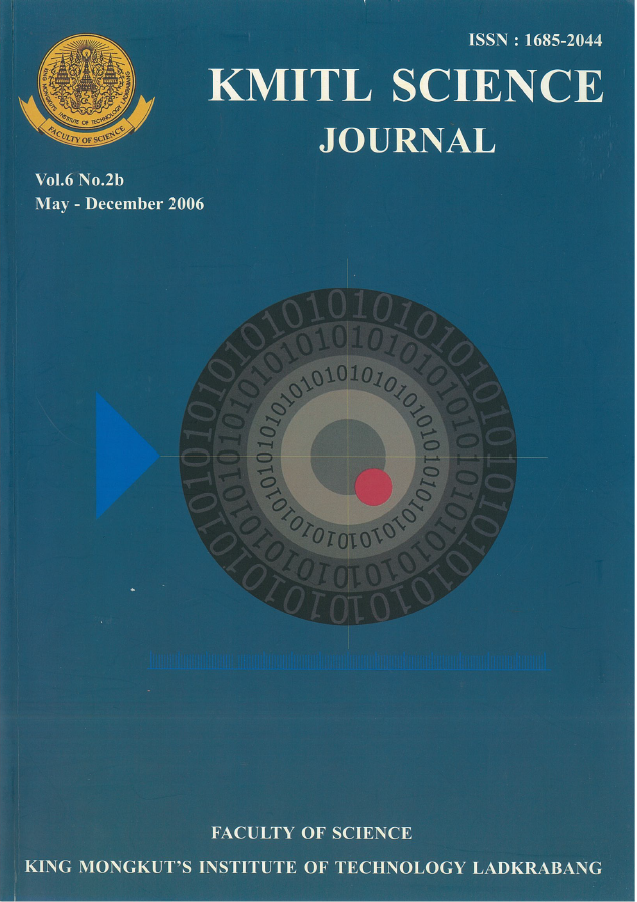The essential amino acid L-lysine was produced in a batch fermentation by Arthrobacterium citreus NRRL 1258 and Corynebacterium glutamicum ATCC 21475. Molass, a food by-product from a sugar mill, was chosen for this study. The main objective was to replace glucose with molasses in order to make use of this by-product and also to reduce total production costs of L-lysine. The results revealed that the growth of Arthrobacterium citreus NRRL 1258 and Corynebacterium glutamicum ATCC 21475 did not follow the simple Monod’s kinetics. Growth inhibition by the product (L-lysine) occurred during fermentation. Substrate (molasses) inhibition at higher concentrations (100, 120 g/l) were exhibited against growth. The concentration of 40 g equivalent sugar/l molasses gave the highest lysine yield of 25.14 g/l for Arthrobacterium citreus NRRL 1258 and of 24.95 g/l for Corynebacterium glutamicum ATCC 21475. In addition, the statistical analysis showed that there was no significant difference of P>0.05 between molasses (40 g/l) and the synthetic glucose (80 g/l). This study clearly indicate that molasses (40 g/l) was a carbon suitable source in the lysine production process.
Keywords: Molasses, Arthrobacterium citreus, Corynebacterium glutamicum, Lysine Production
Corresponding author: E-mail: kjmasrisa@kmitl.ac.th
Jatuponpipat*, M. ., & Kiatkittisorn, S. . (2018). The Effect of Molasses for Lysine Production by Arthrobacterium citreus NRRL 1258 and Corynebacterium glutamicum ATCC 21475. CURRENT APPLIED SCIENCE AND TECHNOLOGY, 724-728.

https://cast.kmitl.ac.th/articles/150075